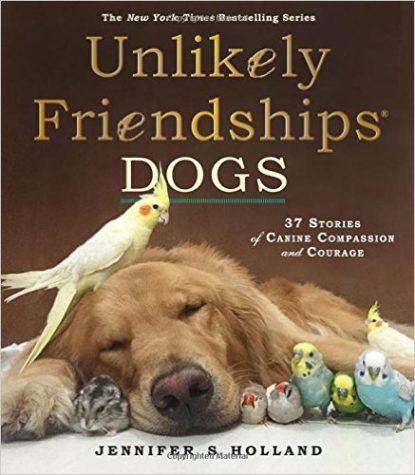
Ann: Jenny has a new book out. It’s part of a series — best-selling, mind you — about unlikely relationships between animals and surprising animal heroics. (This one is called Unlikely Friendships: Dogs. It has a lot of dogs in it.) So far, I’ve read only the Amazon Read-Inside story about the dog and the goose, which I’ll sum up as: dog is bone-mean and slated for termination, given one last chance, nearly blows it, meets goose that’s just as mean, they become life-long friends for a year and a half, goose dies, dog mourns. First, let me say, for what it’s worth, that I believe the goose story. I grew up on a small farm and if you somehow pissed off the geese, they’d attack. By “attack,” I mean, wings fully spread, neck stretched out, hissing like a steam engine, coming at you at 90 mph. I’d put a goose up against a German shepherd any day. I digress: that hate-love-death plot is the plot of many excellent novels and films. So my question is not whether you think you’re anthropomorphizing, but how you handle the inevitable anthropomorphizing?
Jenny: Well howdy, Ann! Thank you for sharing your terrifying goose experience, and for your excellent question. For this series of books (the Unlikely series…a name that for me works on so many levels) I’d say I walk a fine line, one that I do toe over now and then as the stories and photos beg me to. But I am big on qualifying and letting others tell me what they think is going on with their animals rather than me making wild assessments. This series makes people go awwwww; it doesn’t promise a lot of neuroscience. Readers just want to enjoy the cute photos and stories without being asked to question their assumptions. Continue reading →
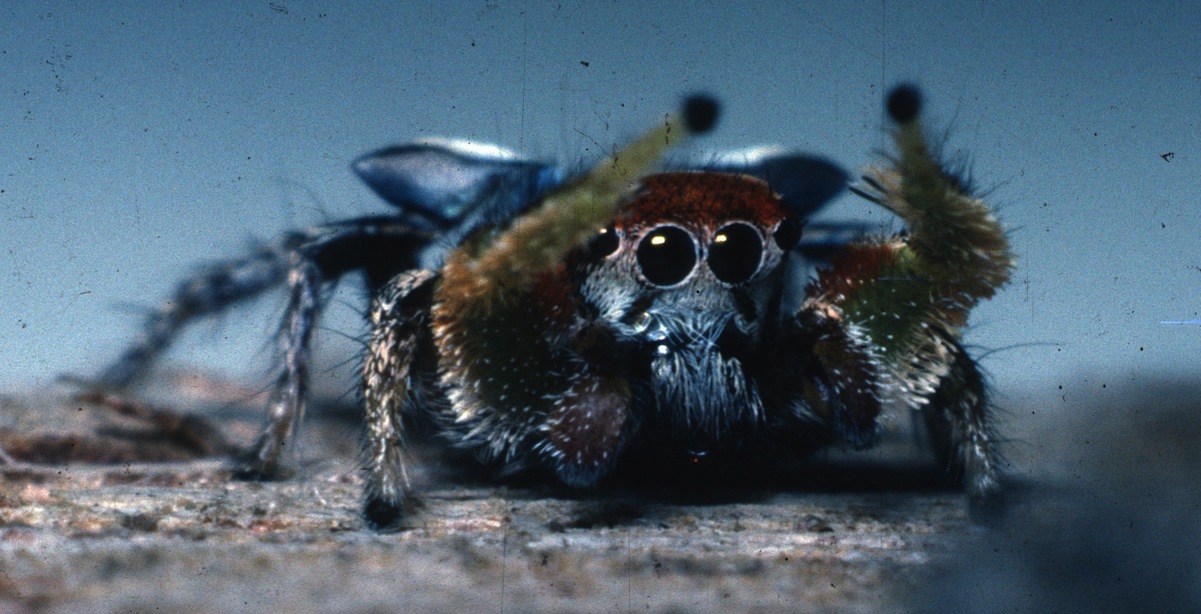
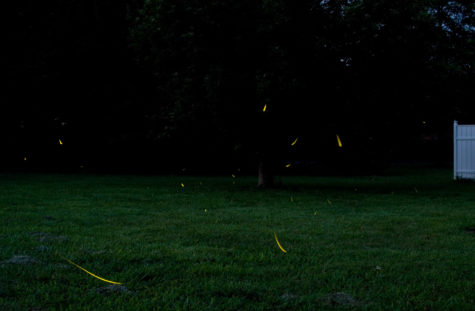
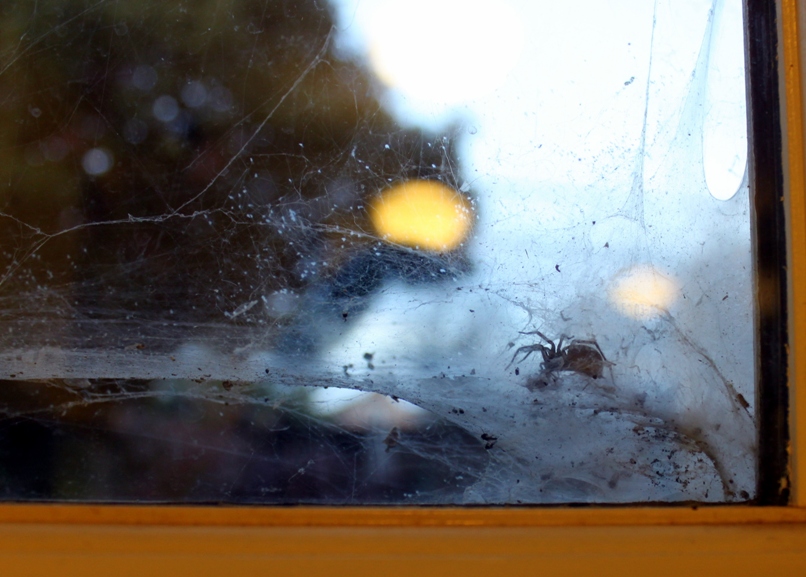
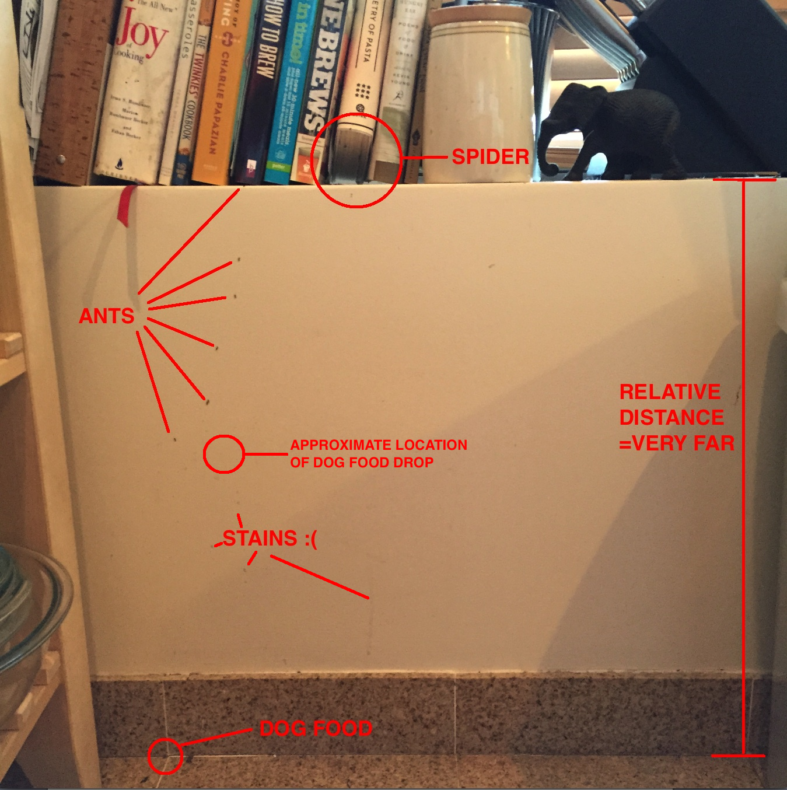
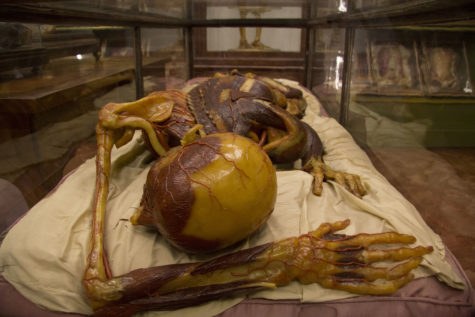 It was another awesome week on LWON. At least we think so.
It was another awesome week on LWON. At least we think so.
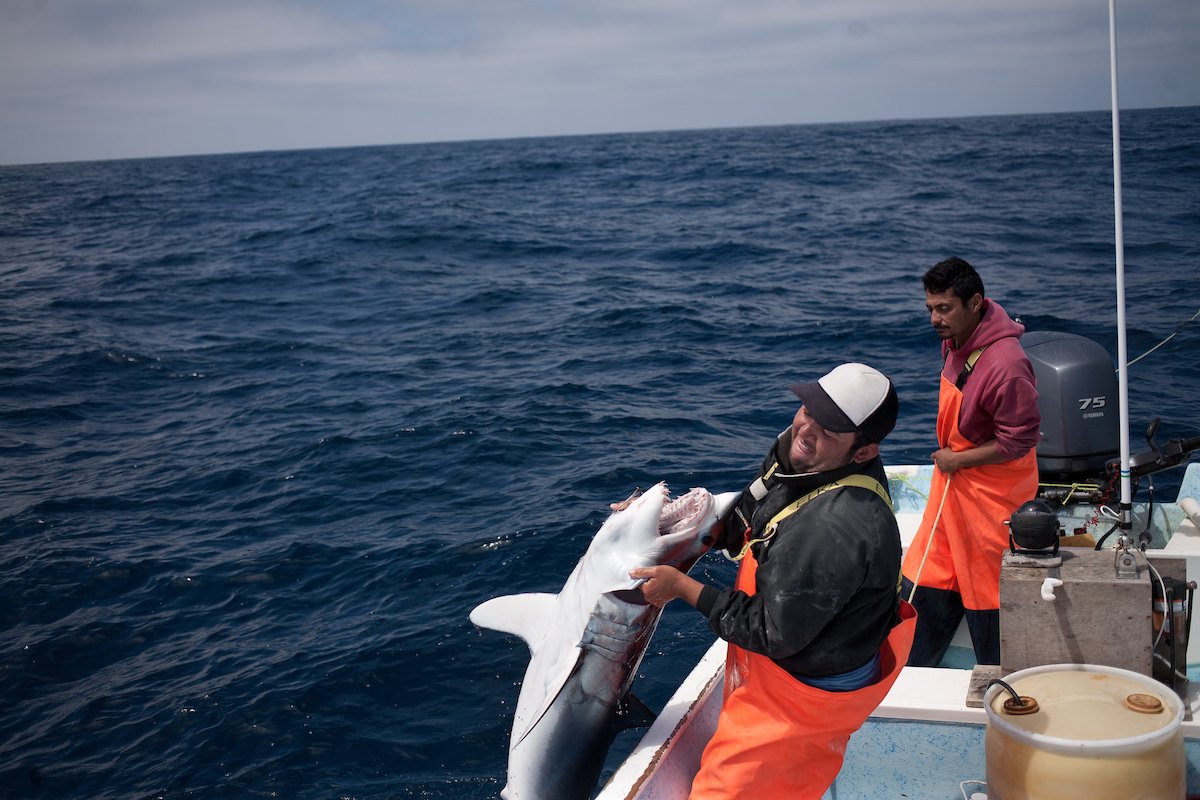
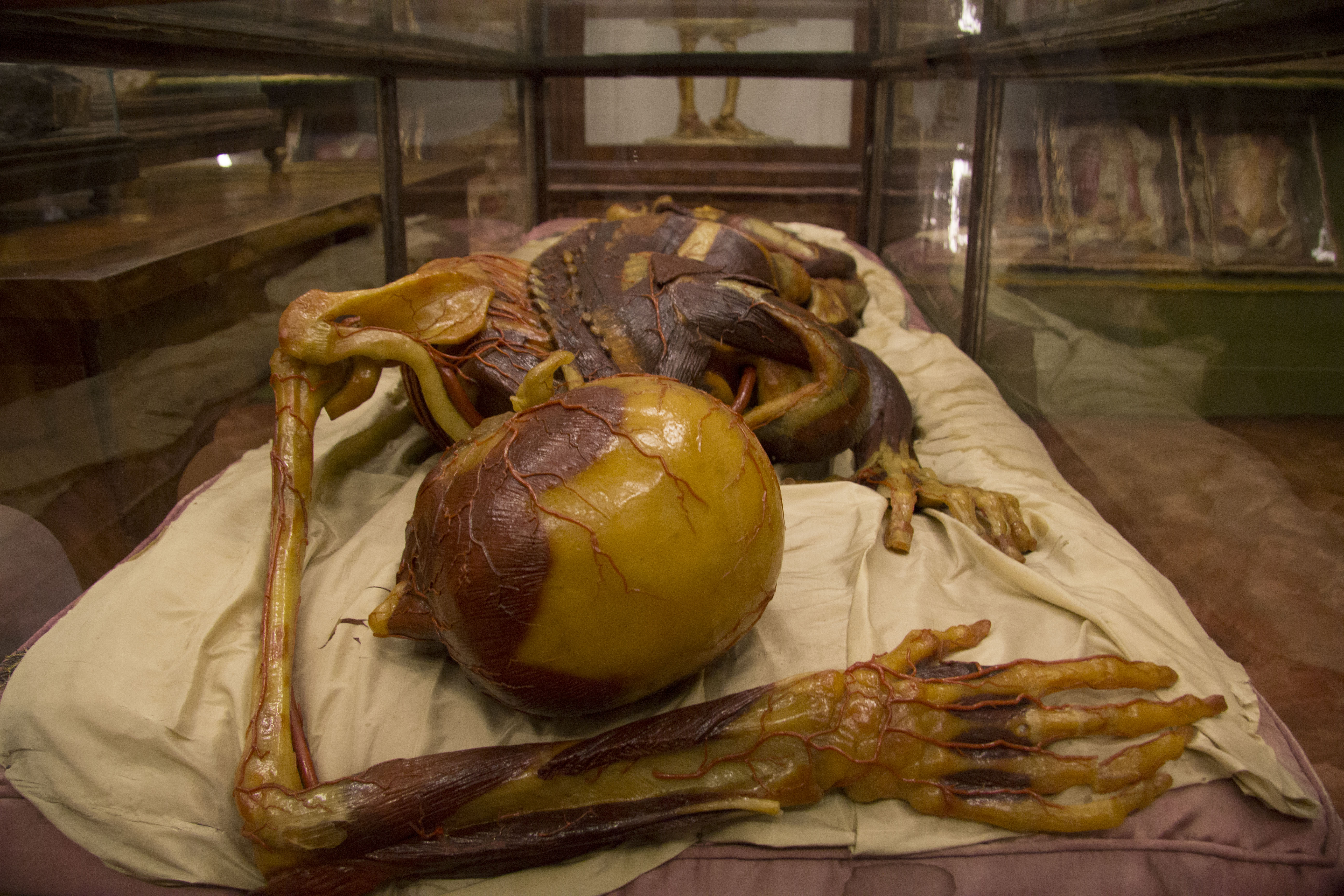 I took my place at the gray table in the gray, poorly-lit room, meeting the gaze of the eyeless skull staked upright before me. A stiff rectangular block of white wax was my only material, and a simple metal implement, sharp like a scalpel on one end and rounded like a spoon on the other, my only tool—other than my own hands and head, once full of vertebrate anatomy knowledge, now less so. To my right, another student, a painter, ripped wax from his block and manipulated it. My weak hands couldn’t get a grip.
I took my place at the gray table in the gray, poorly-lit room, meeting the gaze of the eyeless skull staked upright before me. A stiff rectangular block of white wax was my only material, and a simple metal implement, sharp like a scalpel on one end and rounded like a spoon on the other, my only tool—other than my own hands and head, once full of vertebrate anatomy knowledge, now less so. To my right, another student, a painter, ripped wax from his block and manipulated it. My weak hands couldn’t get a grip.